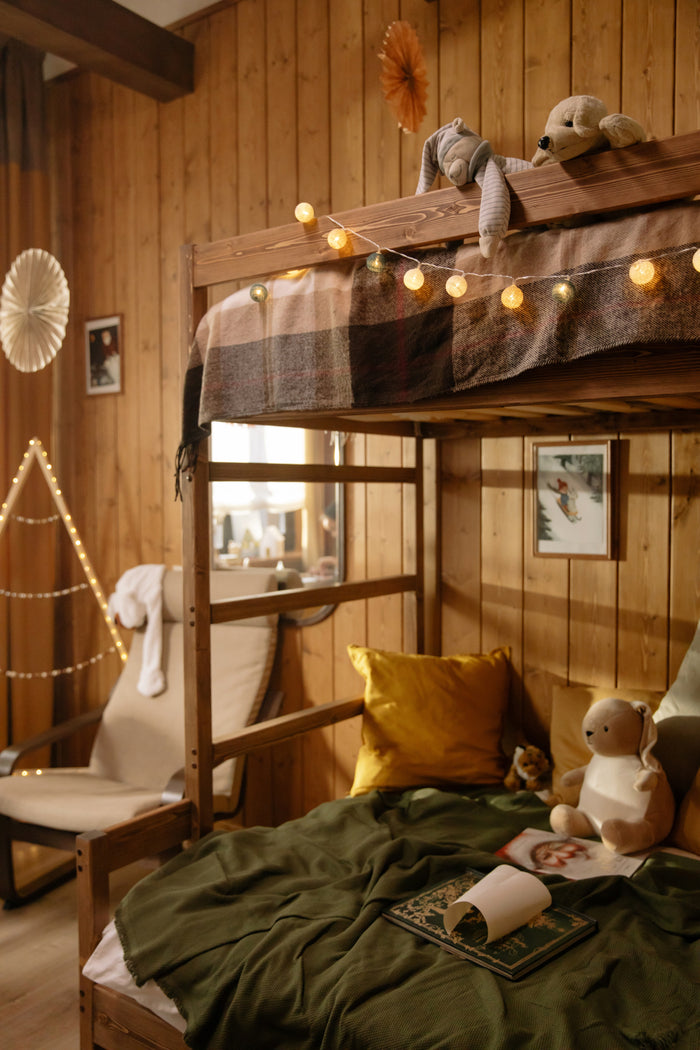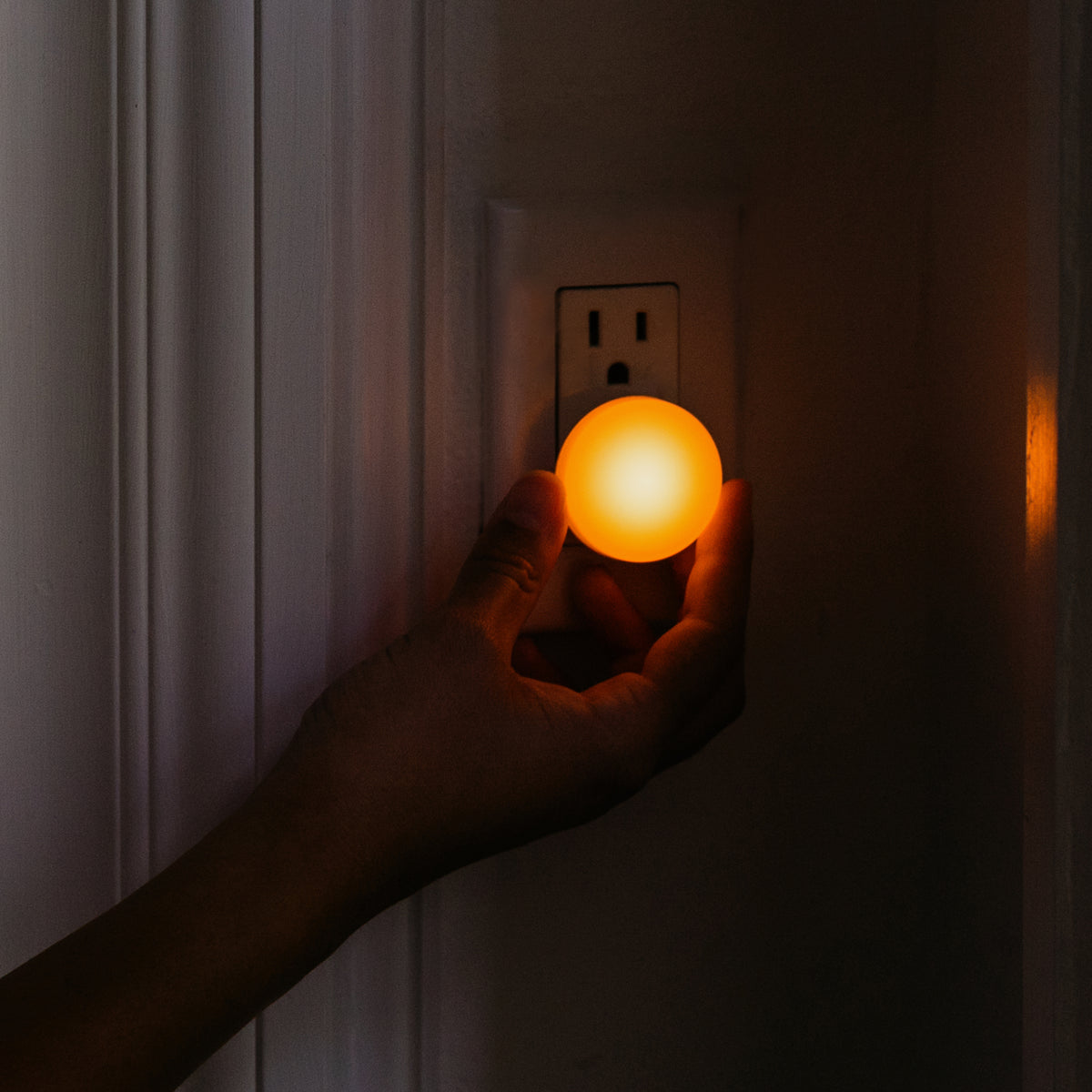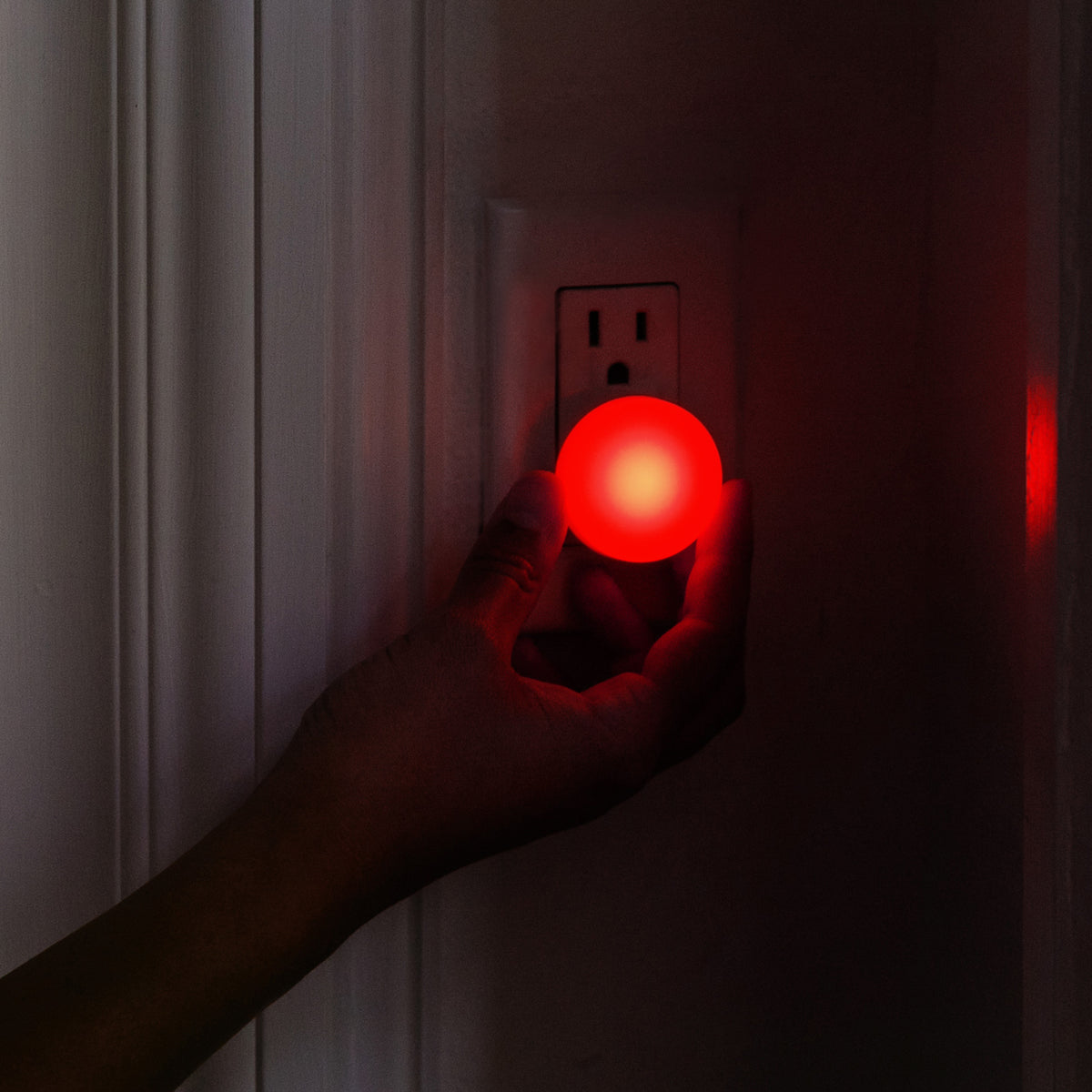Bedtime is a surprisingly polarizing word. For some, it’s a time of day we covet more than magic hour. And for others, namely for those with children of a certain age, bedtime is literally a battle cry fraught with meltdowns and negotiations. It’s no wonder many parents search for the path of least resistance, which is usually a co-sleeping situation. “How to get toddler to sleep in own bed” is a very common internet search, and thankfully, there are a variety of strategies to get your child to sleep comfortably on their own. It just takes patience, discipline, and trial and error.
Make Your Child's Room Sleep-Friendly
Like us, children develop sleeping preferences, so before insisting their bedtime protests are unwarranted, ask them what kind of sleep environment makes them feel most relaxed. We may think we know our child’s needs but until we ask, we can’t really know if they have what they deem to be a sleep-friendly environment. What works for one child may not work for another. From pillow preference to room temperature and lighting, one child’s comfort might be another's nightmare. Giving your child the ability to find their own preferences is the best way to help them create their own healthy sleep habits. The Loftie Clock’s soothing soundscapes and adjustable lighting options, gives them the ability to create healthy (independent) sleep habits as they grow.
Establish a Bedtime Routine
Studies show that a consistent bedtime routine can improve sleep onset and decrease problematic sleep issues for children. Signaling an hour before bedtime can help ease the transition. Not only can calming activities help prepare your child for bedtime, but dimming the lights can also naturally encourage their melatonin production. Melatonin is a hormone that’s taken on a few nicknames, you might know it as the dracula hormone, nature’s sleeping pill, the miracle hormone, or the hormone of darkness. Essentially, this hormone is released in response to darkness and provides a circadian signal that it’s time for the body to sleep and wake. Using the Loftie Lamp to gradually turn down the lights can support your approach for how to get kids to sleep in their own bed by inducing sleepiness and the onset of sleep.
Set clear expectations
We all love a treat, especially kids. Rewarding solo sleep is another way to help instill independence at bedtime. Talk with your child about a reasonable treat you can follow through on. If your kids are younger, make it something you can get them the moment they wake up or work into their morning routine. Older kids might respond better to something with delayed gratification for a bigger treat at the end of the week. The key is to clearly set your expectations and follow through only when the goal is achieved.
Be Calm and Persistent
It’s perfectly normal to experience protests from your kids. It makes sense especially if they have been winning the bedtime battle. Your best approach is to be kind but firm. We suggest stick to what you say. Establishing these kinds of boundaries with them can go beyond bedtime. With time and patience, the process will get easier. If your child insists on getting into bed with you, bring them back to their bed and sit on the floor. It’s important to find a space that is not in their bed with them to help build their confidence to self soothe. Listen to their concerns and frustrations about bedtime but follow through on enforcing they stay in their own bed. Soon enough, this routine will become a habit.
Try the phase out method
If you have a child that’s been in the habit of sleeping with you, transition them gradually to decrease the resistance. The phase out method is a gentler approach for how to get your child to sleep in their own bed. This method is not particularly comfortable for the parent in the short term but the payoff is worth it in the long term. For the first few nights, focus on gradual separation. Put your child to bed in their own bed while you sleep on the floor beside them. Then, decrease your presence from the floor to a chair. Then move to standing near the door until they are sleepy. If they are still struggling or regress at any step of the way, offer a check-in in a few minutes. Throughout the entire process, it’s important that your bedroom remain off limits (even for naptime). The goal is that your child always associates their bed for sleep.
Try the bedtime pass method
If your child is particularly resistant at bedtime or struggles to stay in their bedroom after you’ve put them to bed, you can also try the bedtime pass method. This approach can also be used for how to get your older child to sleep in their own bed. Studies have shown this incredibly simple approach of allowing a child one pass per night to come out of their room to be very effective. Setting up specific parameters of what the pass allows them to do is important. Limit their pass to only going to the bathroom, getting a glass of water, or telling a parent something before they go to bed. Enforcing rules and limits around bedtime is a great way to get them comfortable with bedtime. Experts believe the bedtime pass method is so effective because it offers an element of control to both the parents for setting boundaries as well as the kids knowing that can come out one last time before going to sleep.
Bedtime doesn’t have to be a burden. Try out some different approaches and see what works for your family. If you have multiple children, what works for one may not work for all, but it is possible to get everyone on the same page about bedtime so you can all get the rest you need to be at your best.

























